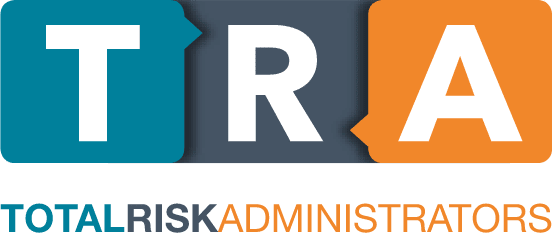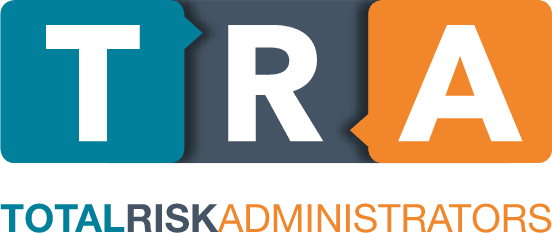Approximately 250 000 women are diagnosed globally with ovarian cancer each year, with about 140 000 women dying from it. This makes it the cancer with the lowest survival rate in women, indicating the importance of early screening tests.
What is stage 1 ovarian cancer?
There are three different types of stage 1 ovarian cancer, which indicate the spread of the cancer:
> Stage 1A: the cancer is only in one ovary
> Stage 1B: the cancer has spread to both ovaries
> Stage 1C: one or both of the ovaries contain cancer cells with further findings such as cancer cells on the outside of an ovary, or the outer capsule has burst before or during surgery.
Treating stage 1 ovarian cancer
Stage 1 suggests that the cancer is localised to the area where it started, indicating no further spread to other parts of the body, and has an estimated 98% survival rate. The most common treatment is surgery, to remove your ovaries, and/or fallopian tubes, and/or your womb. Chemotherapy can also be part of treatment if you have stage 1C ovarian cancer.
Treating stage 1 ovarian cancer
> Abdominal bloating or swelling
> Sudden weight loss
> Quickly feeling full when eating
> Discomfort in the pelvic area
> Frequent need to urinate
Who is at high risk of ovarian cancer?
Ovarian cancer is most common in women between the ages of 50 and 60 but it can occur at any age.
Inherited gene mutations (BRCA1 and BRCA2) can increase your risk of ovarian cancer
If you have two or more close relatives who have had ovarian cancer, your risk is increased
If you have received estrogen hormone replacement therapy
Early-onset menstruation or delayed menopause
If you would like to discuss or apply for comprehensive ovarian cancer protection under our Femme Cover policy, contact Total Risk Administrators today: https://totalrisksa.co.za/femme-cover/




